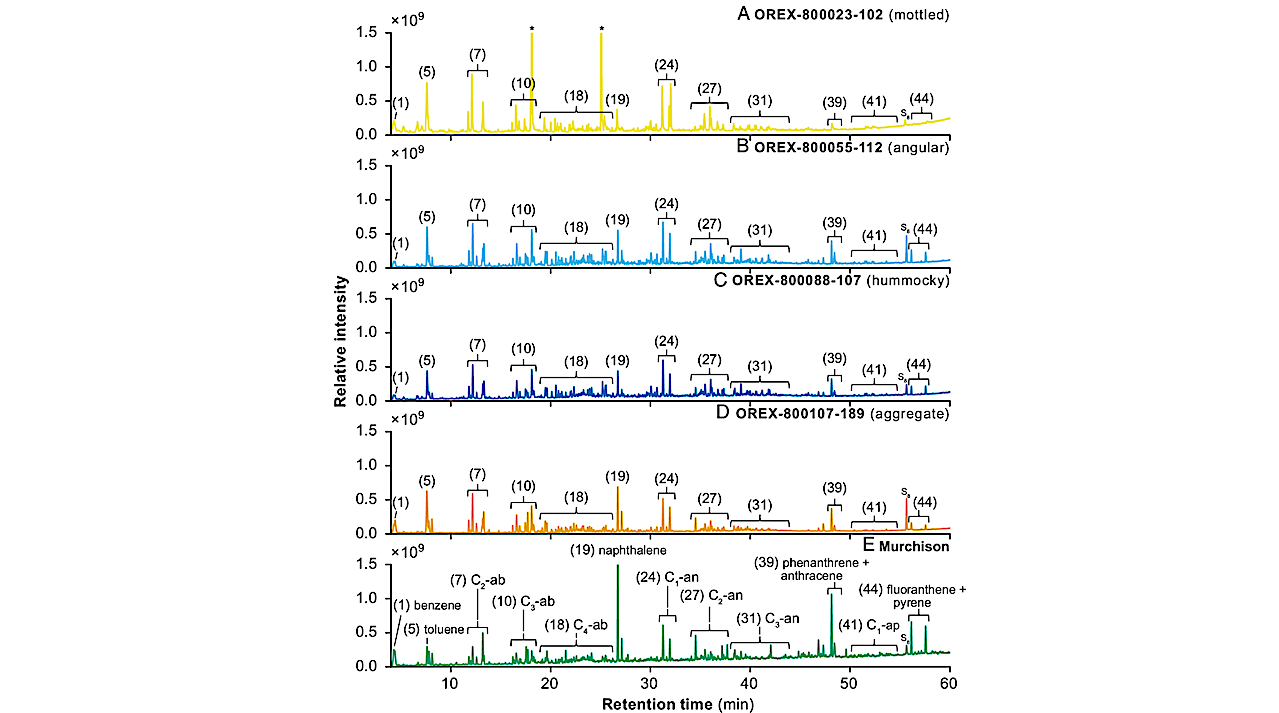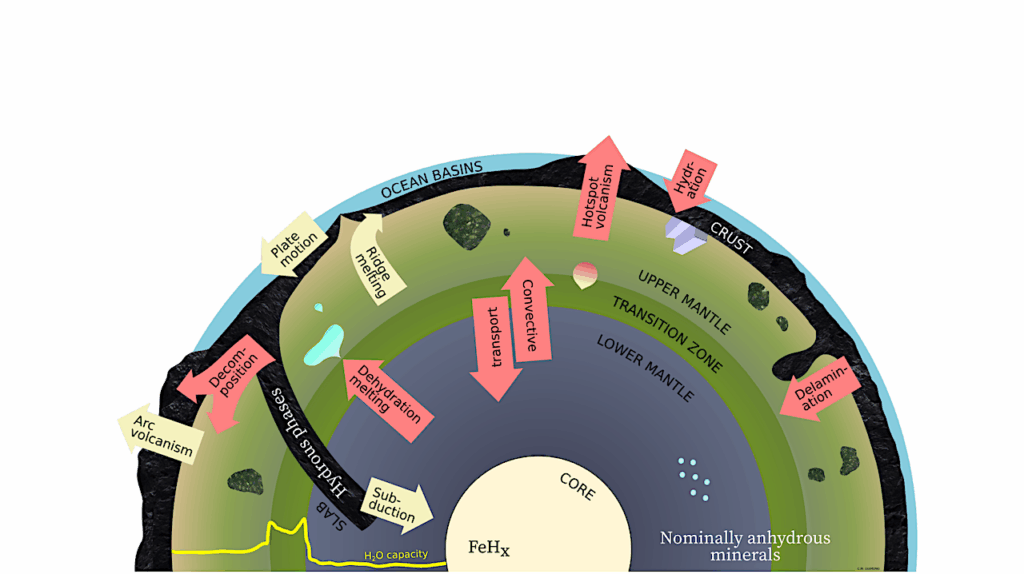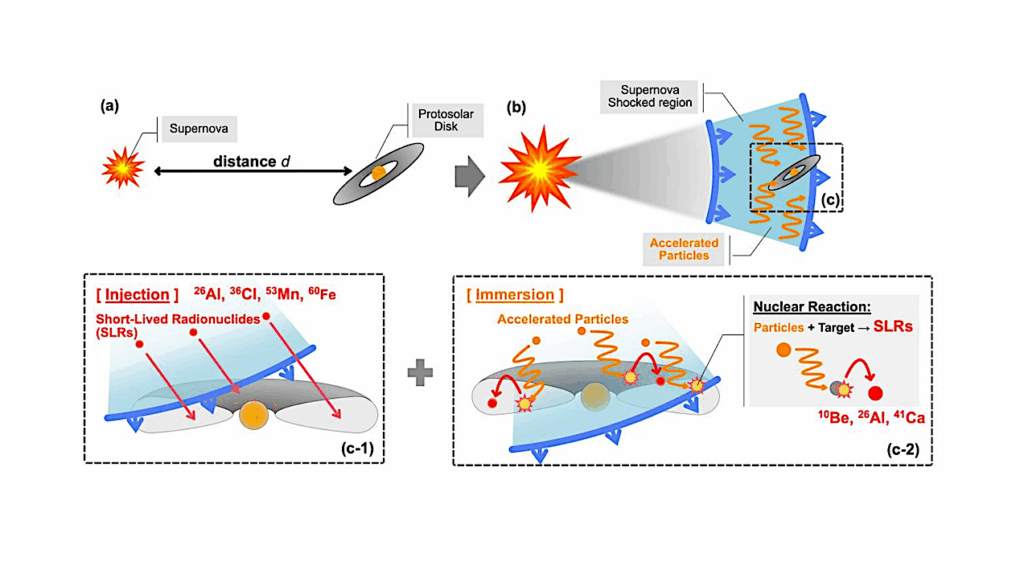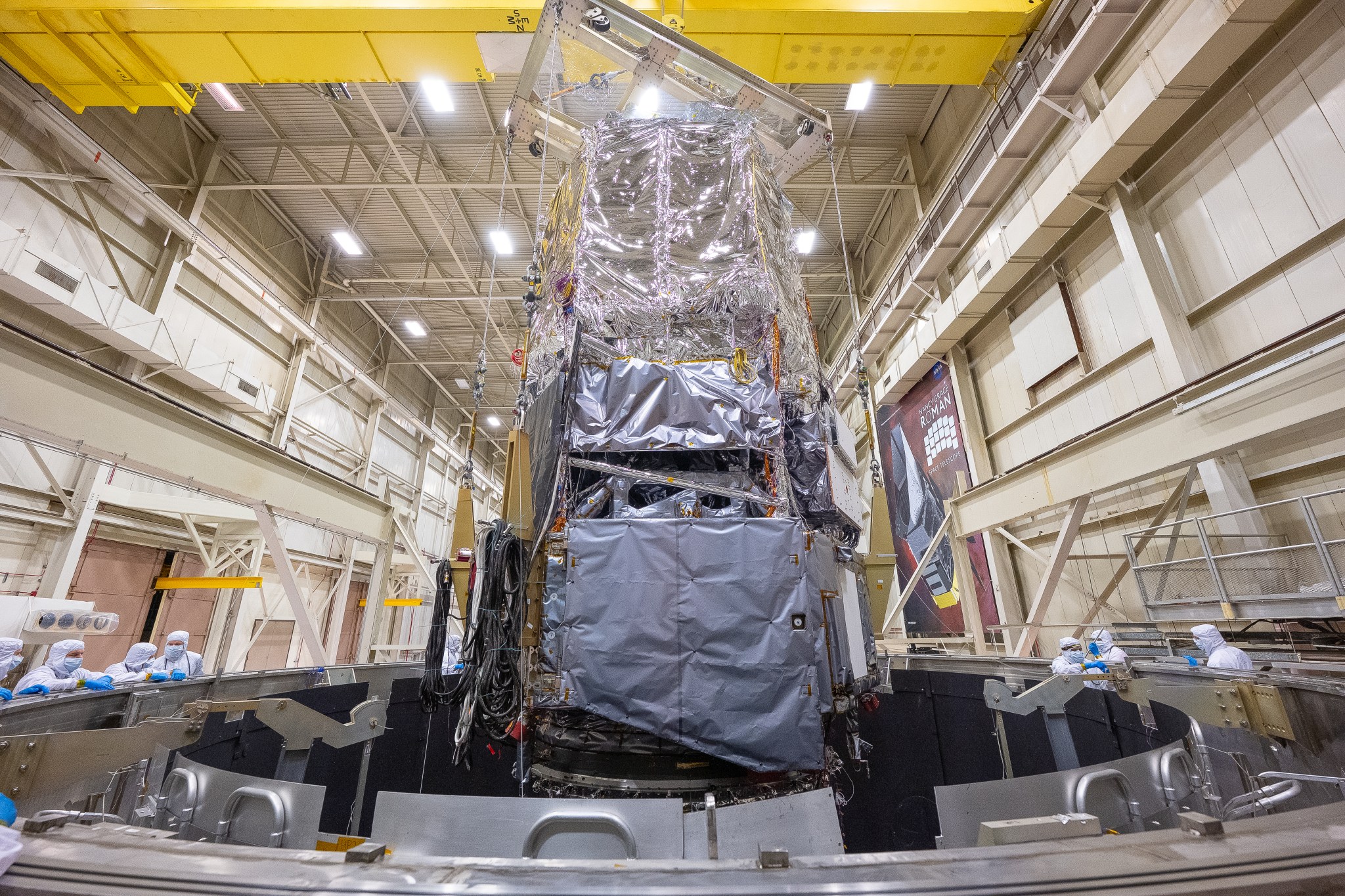Now Reading: Prebiotic Organic Compounds In Samples Of Asteroid Bennu Indicate Heterogeneous Aqueous Alteration
-
01
Prebiotic Organic Compounds In Samples Of Asteroid Bennu Indicate Heterogeneous Aqueous Alteration
Prebiotic Organic Compounds In Samples Of Asteroid Bennu Indicate Heterogeneous Aqueous Alteration


Free organic volatiles and IOM thermal degradation products liberated by flash heating to ~610 °C of Bennu samples. Shown are total ion chromatograms obtained by pyrolysis analysis of Bennu (A–D) (OREX-800023-102, OREX-800055-112, OREX-800088-107, OREX-800107-189) compared to (E) Murchison. Labels indicate major analytes and alkylation series detected: (1) benzene, (5) toluene, (7) C2-alkylbenzenes, (10) C3-alkylbenzenes, (18) C4-alkylbenzenes, (19) naphthalene, (24) C1-alkylnaphthalenes, (27) C2-alkylnaphthalenes, (31) C3-alkylnaphthalenes, (39) phenanthrene and anthracene, (41) C1-alkylphenanthrenes, (44) fluoranthene and pyrene. S8 denotes elemental sulfur, and asterisks (*) are siloxane peaks derived from a known laboratory contamination source. Fig. abbreviations are alkylbenzenes (ab), alkylnaphthalenes (an), alkylphenanthrenes (ap). The complete list of detected volatile and IOM-derived analytes is reported in SI Appendix, Table S2. — PNAS
NASA’s OSIRIS-REx mission characterized the asteroid Bennu and delivered pristine samples of its regolith to Earth.
Coordinated analyses of this primitive, carbonaceous material are elucidating the abiotic formation and inventory of prebiotic organic compounds in the early Solar System. Using pyrolysis and wet-chemistry techniques, we analyzed aggregate (unsorted particulate) material and three distinct stones that appear to correspond to different boulder types observed by the spacecraft.
Results from the aggregate were consistent with previous work that detected the five canonical nucleobases and 14 of the 20 α-amino acids utilized by life to synthesize proteins. However, our analytical approach tentatively uncovered trace signals of a fifteenth α-amino acid, tryptophan, which has not been detected previously in extraterrestrial materials.
Further, we found that the distributions of insoluble and soluble-derived organics differ between distinct stones, suggesting heterogeneous geologic processing within Bennu’s parent body.
The distributions of alkylated polycyclic aromatic hydrocarbons resemble those in aqueously altered carbonaceous chondrites and are consistent with an abiotic origin through aqueous reactions.
Our findings expand the evidence that prebiotic organic molecules can form within primitive accreting planetary bodies and could have been delivered via impacts to the early Earth and other Solar System bodies, potentially contributing to the origins of life.
Prebiotic organic compounds in samples of asteroid Bennu indicate heterogeneous aqueous alteration, PNAS (open access)
Astrobiology, Astrogeology, Astrochemistry,
Stay Informed With the Latest & Most Important News
Previous Post
Next Post
-
 012024 in Review: Highlights from NASA in Silicon Valley
012024 in Review: Highlights from NASA in Silicon Valley -
 02Panasonic Leica Summilux DG 15mm f/1.7 ASPH review
02Panasonic Leica Summilux DG 15mm f/1.7 ASPH review -
 03From Polymerization-Enabled Folding and Assembly to Chemical Evolution: Key Processes for Emergence of Functional Polymers in the Origin of Life
03From Polymerization-Enabled Folding and Assembly to Chemical Evolution: Key Processes for Emergence of Functional Polymers in the Origin of Life -
 04How New NASA, India Earth Satellite NISAR Will See Earth
04How New NASA, India Earth Satellite NISAR Will See Earth -
 05And Thus Begins A New Year For Life On Earth
05And Thus Begins A New Year For Life On Earth -
 06Astronomy Activation Ambassadors: A New Era
06Astronomy Activation Ambassadors: A New Era -
07SpaceX launch surge helps set new global launch record in 2024





















